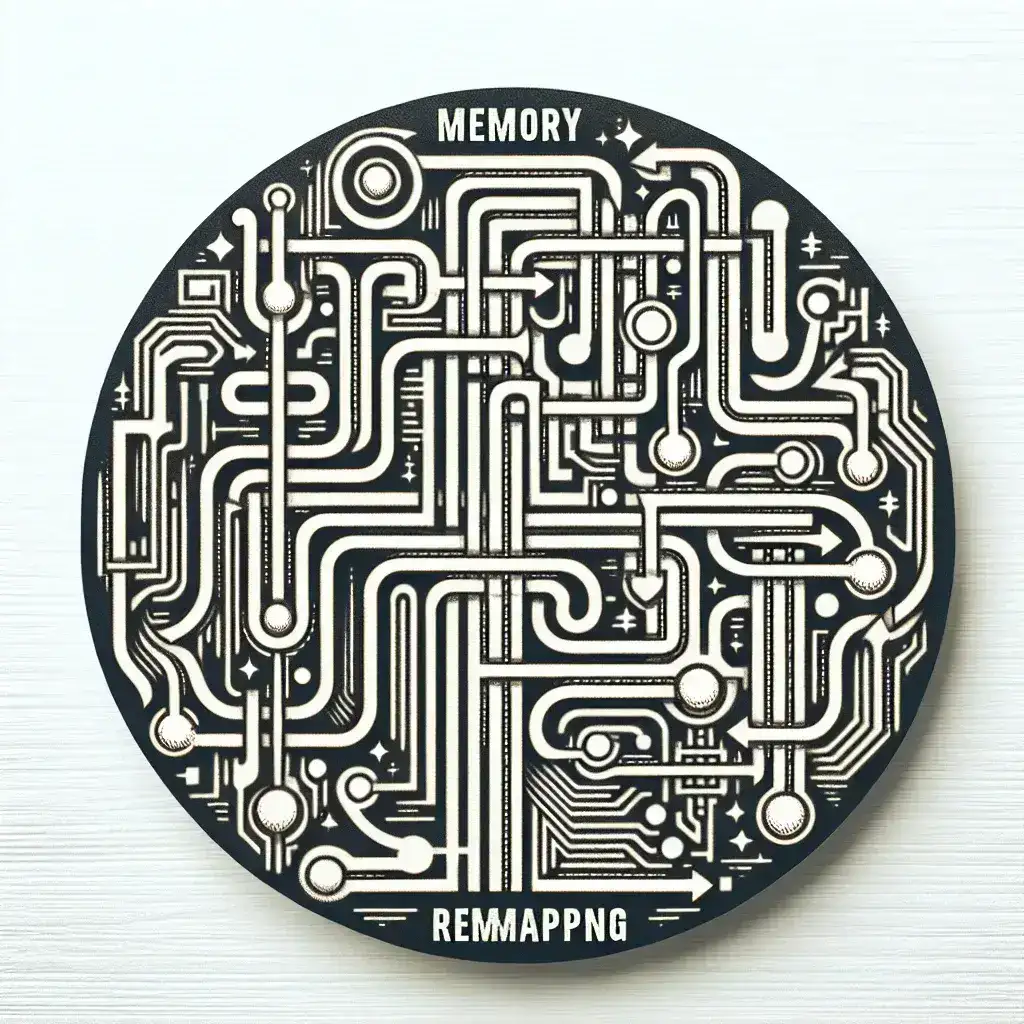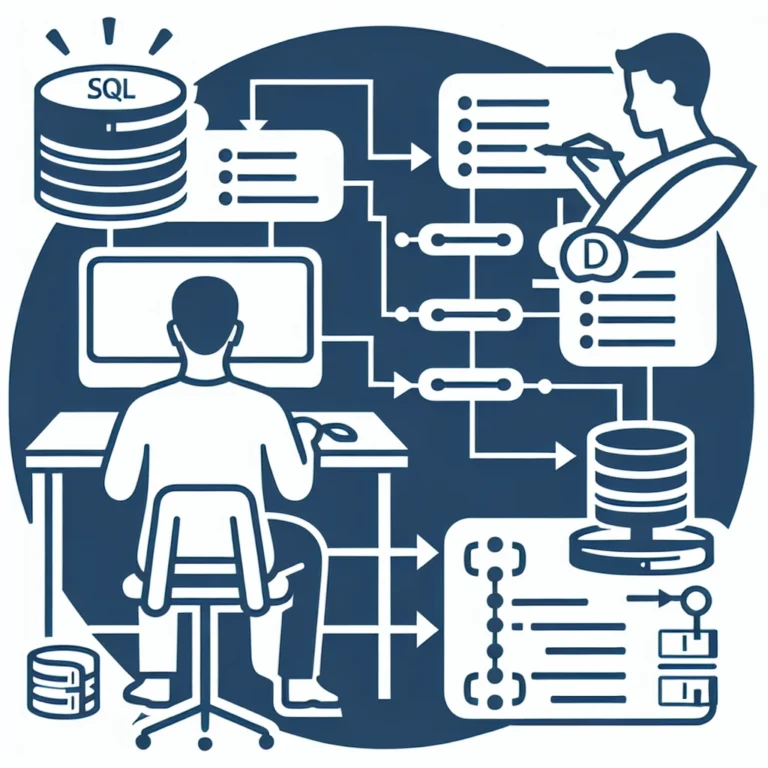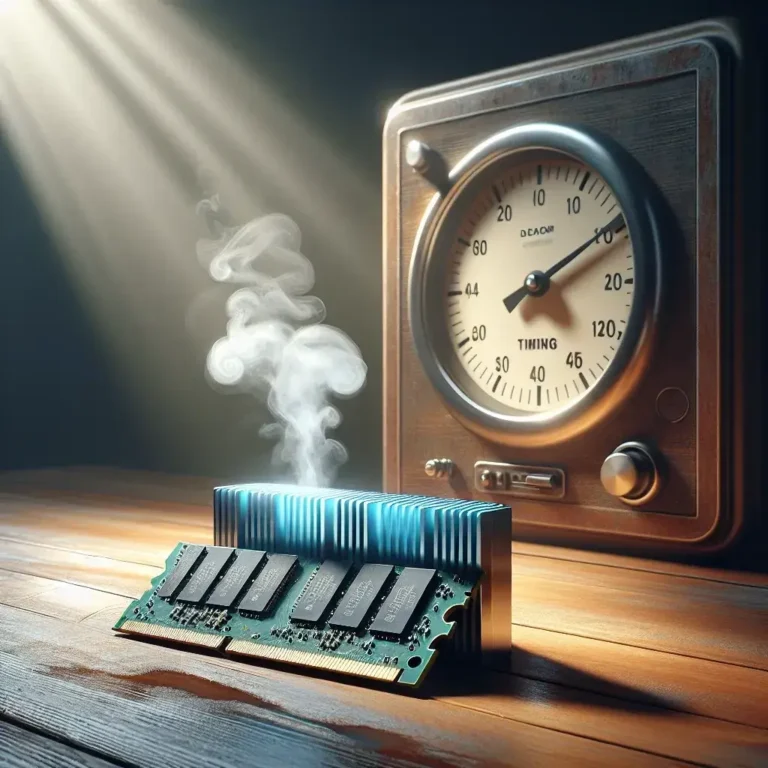Memory remapping is a critical concept in computer architecture, especially for enhancing system performance and optimizing the utilization of available memory. Understanding what memory remapping means and why it is important can help users ensure their systems run efficiently and leverage their full potential.
What is Memory Remapping?
Memory remapping refers to the process of changing the way physical memory addresses are mapped to virtual memory addresses. This process allows a system to use available memory more effectively by adjusting the memory map to recognize all installed RAM.
How Memory Remapping Works
Memory remapping involves several key steps. When a computer starts up, it initializes various hardware components, including memory. Traditionally, certain areas of memory are reserved for system hardware and cannot be used by the operating system, leading to wasted memory resources. Memory remapping reassigns these reserved addresses in a way that makes the full memory accessible:
-
Identification of Memory Regions: The system BIOS identifies and lists all memory regions during the boot process.
-
Memory Address Reassignment: The BIOS reassigns certain memory addresses that were previously reserved and remaps them to higher addresses, allowing the operating system to access them.
-
Operating System Allocation: The OS detects the newly available memory and incorporates it into its memory management routines, effectively increasing the usable memory range.
The Role of BIOS in Memory Remapping
The Basic Input/Output System (BIOS) plays a crucial role in memory remapping. During system boot, the BIOS handles the initial hardware configuration, including the memory map setup. Many modern motherboards offer a setting in the BIOS to enable or disable memory remapping. Enabling this feature ensures that the system can utilize all installed RAM, particularly useful in systems with more than 4GB of RAM:
| BIOS Setting | Effect |
|---|---|
| Memory Remapping Enabled | All installed RAM is accessible, usually seen in 64-bit operating systems. |
| Memory Remapping Disabled | Limited to lower memory addresses, leading to unutilized memory, especially in 32-bit systems. |
Importance of Memory Remapping
Memory remapping plays a vital role in maximizing the efficiency and performance of a computer system. Here are some key reasons why it is important:
1. Improved Memory Utilization
Memory remapping ensures that all installed RAM is recognized and utilized by the operating system. Without remapping, a portion of the system memory may remain unutilized, especially in systems with large amounts of RAM (more than 4GB). This is common in systems running 64-bit operating systems, as they can address a larger memory space than 32-bit systems.
2. Enhanced System Performance
When all installed memory is accessible, the system can run more efficiently. Applications and processes that require a significant amount of memory can run more smoothly without being limited by artificial memory restrictions. Enhanced performance is particularly noticeable in memory-intensive tasks such as video editing, 3D rendering, and large-scale data analysis.
3. Better Support for Virtual Machines
Memory remapping is crucial for environments that utilize virtualization. Virtual machines (VMs) rely heavily on available RAM, and memory remapping ensures that the physical server can allocate sufficient memory to each VM. This results in improved performance and better resource management within the virtualized environment.
4. Efficient Memory Management
The operating system’s memory management subsystem benefits from memory remapping by having a contiguous block of memory. This simplifies memory allocation and deallocation processes, reducing fragmentation and improving overall system stability.
How to Enable Memory Remapping
Enabling memory remapping is typically done through the system BIOS/UEFI settings. Here is a general guide on how to enable this feature:
-
1. Restart your computer and enter the BIOS/UEFI settings (usually by pressing a key such as F2, Delete, or Esc during the boot process).
-
2. Navigate to the advanced settings or memory configuration section.
-
3. Look for an option related to memory remapping or memory hole remapping.
-
4. Enable the memory remapping feature and save the changes.
-
5. Exit the BIOS/UEFI settings and allow the system to reboot.
Enabling memory remapping ensures that the operating system can recognize and utilize all installed RAM, leading to enhanced performance and improved memory management.
Common Misconceptions about Memory Remapping
There are some common misconceptions about memory remapping that should be clarified:
1. Memory Remapping Only Benefits High-End Systems
While high-end systems with large amounts of RAM benefit significantly from memory remapping, even mid-range systems can see performance improvements. Any system running a 64-bit operating system can utilize memory remapping to make full use of its installed RAM.
2. Memory Remapping is Only Necessary for Gaming
Memory remapping is beneficial for a wide range of tasks beyond gaming, including professional applications, virtual machines, and everyday computing. Any task that requires substantial memory resources can benefit from effective memory utilization.
3. Enabling Memory Remapping is Complex
Enabling memory remapping is often a straightforward process that involves changing a simple setting in the BIOS/UEFI. Most users can enable this feature without advanced technical knowledge, provided they follow the correct steps.
Conclusion
Memory remapping is a fundamental feature for optimizing memory usage and enhancing system performance. By understanding and utilizing memory remapping, users can ensure that their systems operate efficiently, making the best use of available resources. Whether for professional applications, virtual environments, or everyday computing, enabling memory remapping can lead to significant performance gains and improved overall system stability.




Leave a Comment